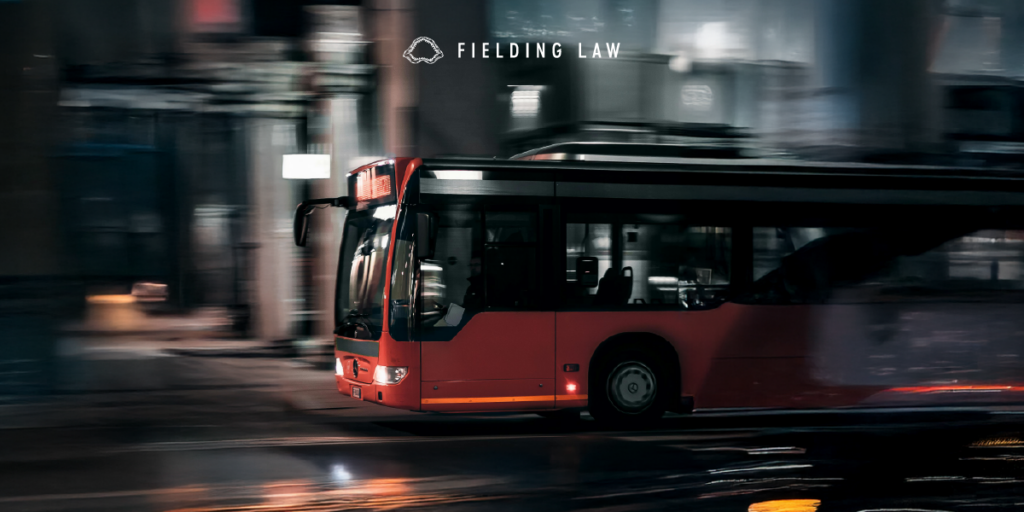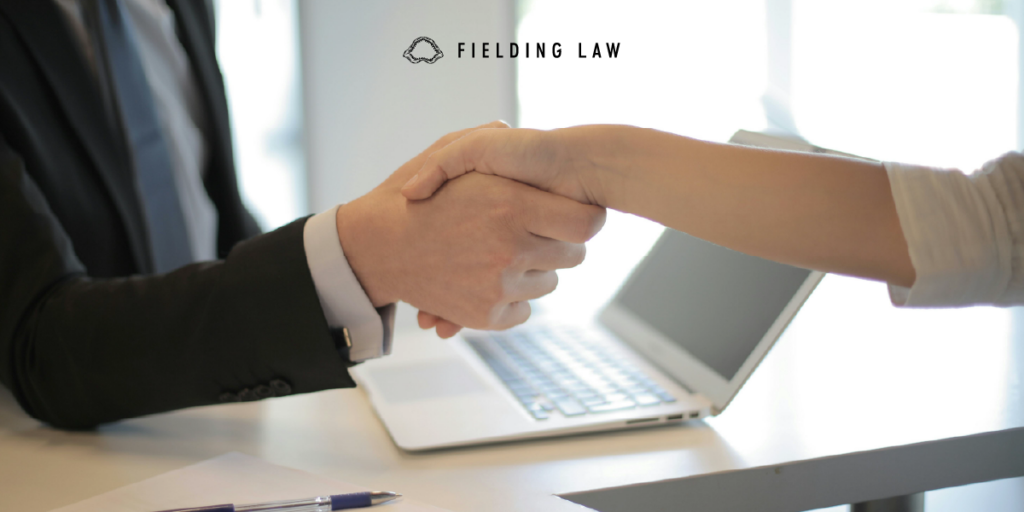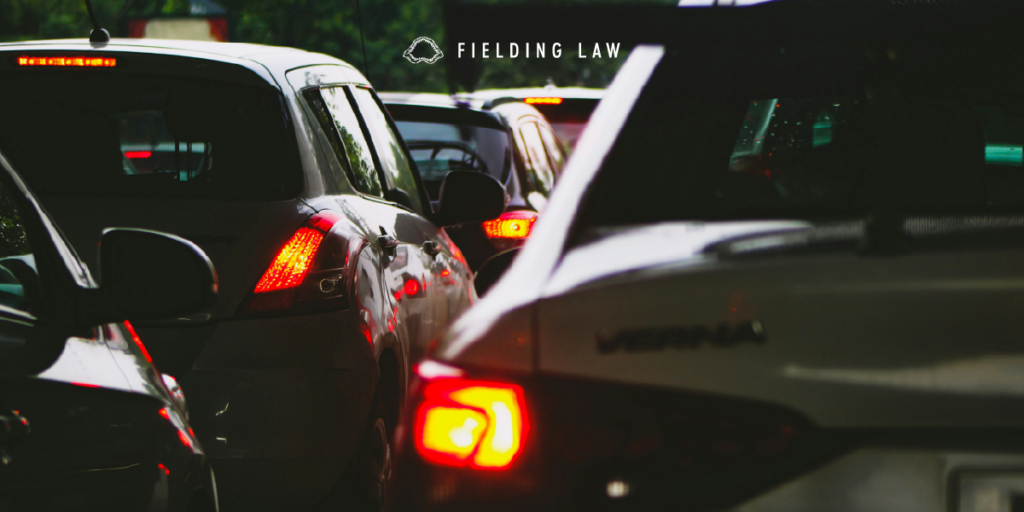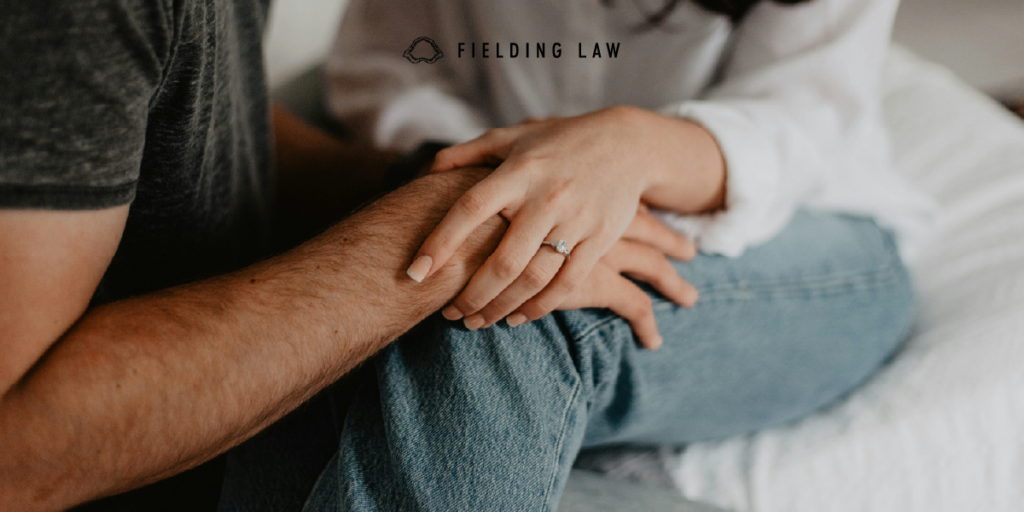
What Is a Catastrophic Injury Lawyer’s Role in Future Damages in Catastrophic Injury Cases?
Catastrophic injuries have long-lasting physical, emotional, and financial effects. When someone suffers such a life-changing injury due to negligence, a catastrophic injury lawyer works to secure full compensation. This includes future damages in catastrophic injury cases—costs that extend far beyond immediate medical bills.
Understanding how future damages are calculated can help injury victims and their families navigate the legal process with confidence.
Types of Future Damages in Catastrophic Injury Cases
Future Medical Costs
Catastrophic injuries often require lifelong treatment. These costs may include surgeries, therapy, assistive devices, medications, and in-home care. Attorneys work with medical experts to estimate these ongoing expenses.
Loss of Future Earnings
If the injury prevents returning to work or reduces earning capacity, compensation for lost future earnings is essential. This considers factors like your career path, age, and experience.
Home and Vehicle Modifications
Many victims need home modifications to improve accessibility—such as ramps or stair lifts—and sometimes adapted vehicles. These are recoverable as part of future damages.
Long-Term Personal or Nursing Care
Some injuries require daily personal assistance or nursing care. These ongoing needs must be factored into the future damages claim.
Mental Health Support and Counseling
Psychological care may be needed long-term. A skilled catastrophic injury lawyer ensures this is included in the damages sought.
How Future Damages Are Calculated in Catastrophic Injury Cases
Estimating future damages in catastrophic injury cases involves collaboration with:
-
Medical professionals to outline treatment needs
-
Vocational experts to assess work limitations
-
Economists to project future costs and inflation
These reports provide a detailed and realistic estimate to support your claim.
Why Future Damages Matter
Future damages often represent the largest portion of compensation in catastrophic injury cases. Insurance companies may undervalue or ignore these costs to limit payouts. Without proper legal support, victims may accept settlements that do not cover their long-term needs.
Having an attorney who understands future damages in cases protects your financial future.
Why Hire Fielding Law
At Fielding Law, we recognize that the effects of catastrophic injuries last a lifetime. Our team works closely with experts to build strong cases that fully reflect your future damages. We fight for the compensation you need to secure care, modify your home, and protect your financial well-being.
Call 833.88.SHARK today to schedule a free consultation with a catastrophic injury lawyer dedicated to helping you.
Note: Information provided is for educational purposes and does not constitute legal advice. Always consult with a qualified attorney for legal concerns.
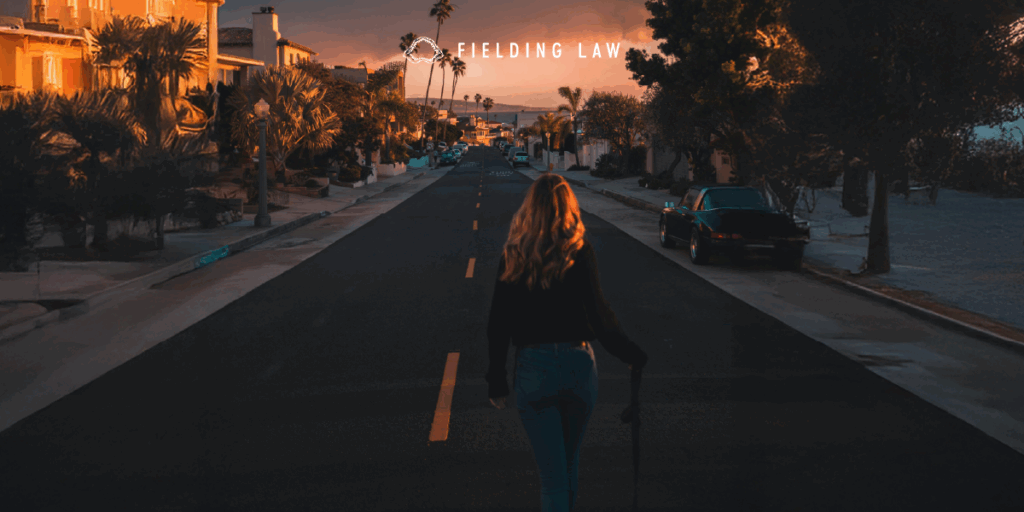
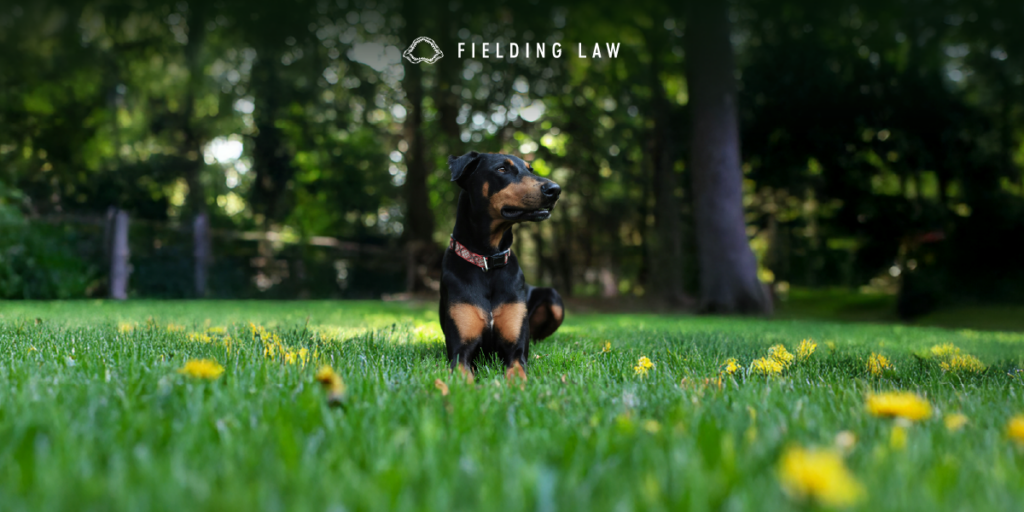

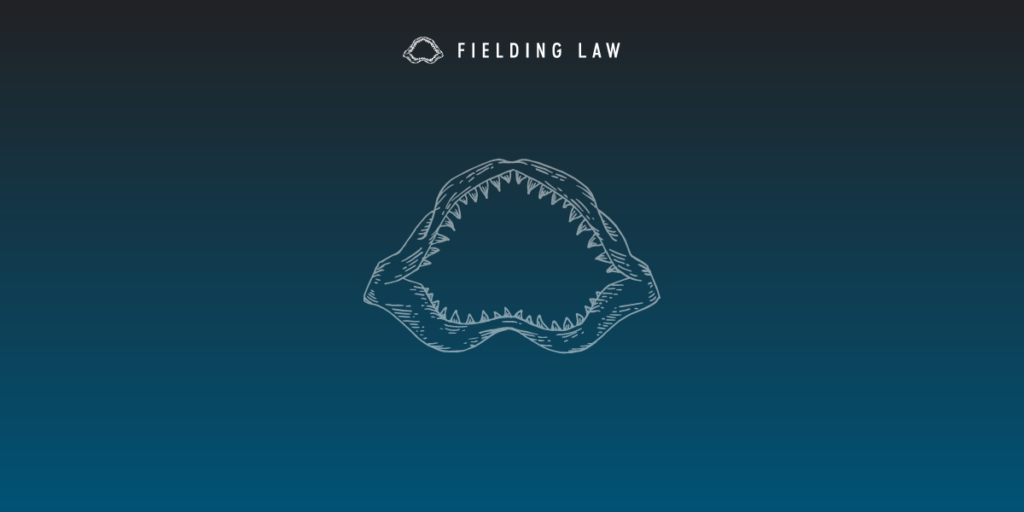

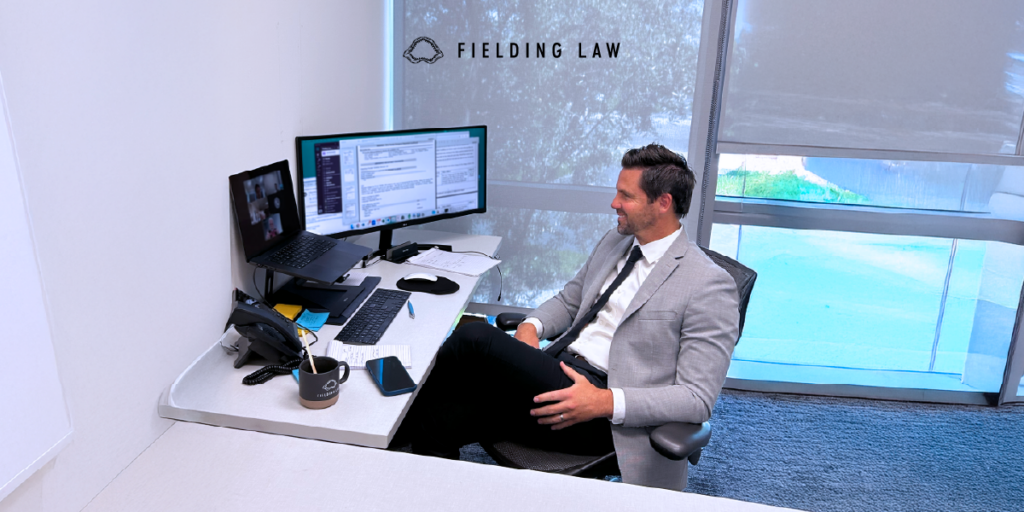
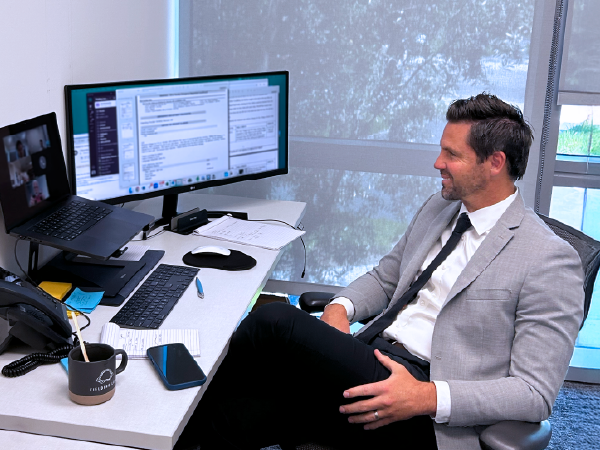 What Are Virtual Mediations?
What Are Virtual Mediations?